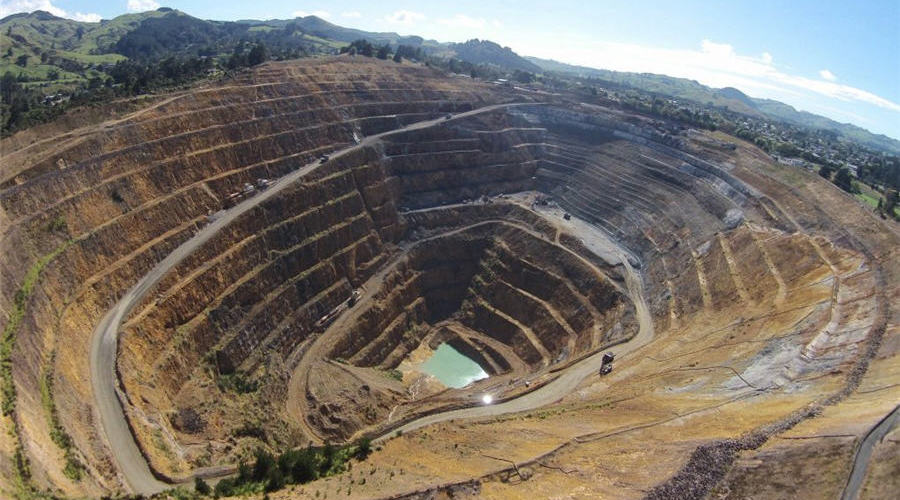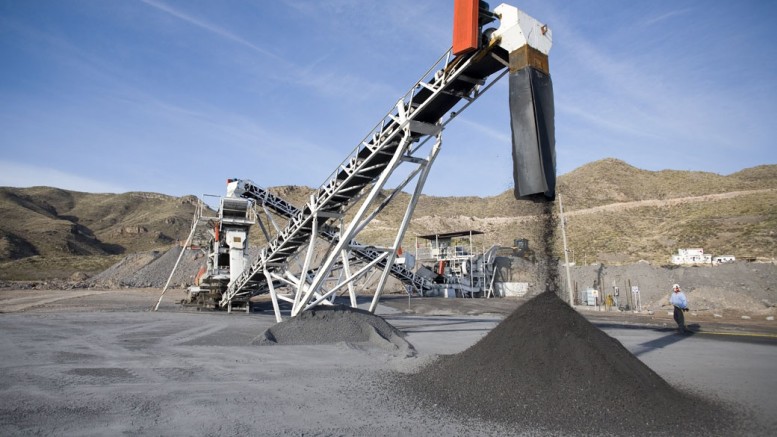OceanaGold shares drop on Waihi targets withdrawal

The company had highlighted in July growth opportunities based on a preliminary economic assessment (PEA) for the Waihi district. Those results suggested an additional 2.2 million ounces of gold output from the area between 2021 and 2036.
OceanaGold said at the time the additional ounces would be sourced from the Marth and Gladstone open pits, as well as from the underground portions of the Martha and Wharekirauponga (WKP) deposits.
Investors consider economic and feasibility assessments as one of their prime criteria for making investment decisions. Following OceanaGold’s retraction, shares fell by more than 10% on the news on Monday, to close at A$2.69.
The downward trend continued on Tuesday, with the stock losing as much as 14 cents in early trading to recover slightly during the day. It closed 2.6% down, at A$2.62.
“Fully committed” to NZ
President and chief executive Michael Holmes addressed investors on Tuesday, saying that the company continued to advance opportunities detected at the historic gold district.
“OceanaGold has one of the most exciting organic growth projects in the gold industry, “ Holmes said in the statement. “The New Zealand growth opportunities along with the future Haile Underground represent not only production growth but also margin growth.”
He added the company remained “fully committed to investing in and executing on” the targets identified in the Waihi site, which hosts a producing underground mine expected to generate 18,000 to 20,000 ounces of gold this year.
In early September, OceanaGold extended the mine life of its Macraes operation on the South Island of New Zealand by at least seven years.
Macraes, made up of a series of open-pit mines, an underground mine and an adjacent process plant, has produced over five million ounces of gold since 1990. It’s currently New Zealand’s largest active gold mine.




